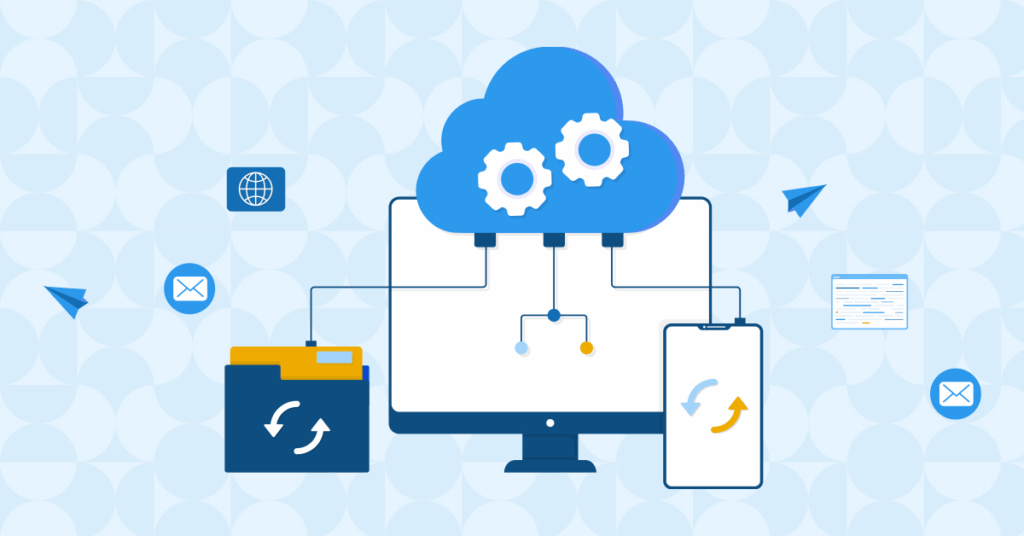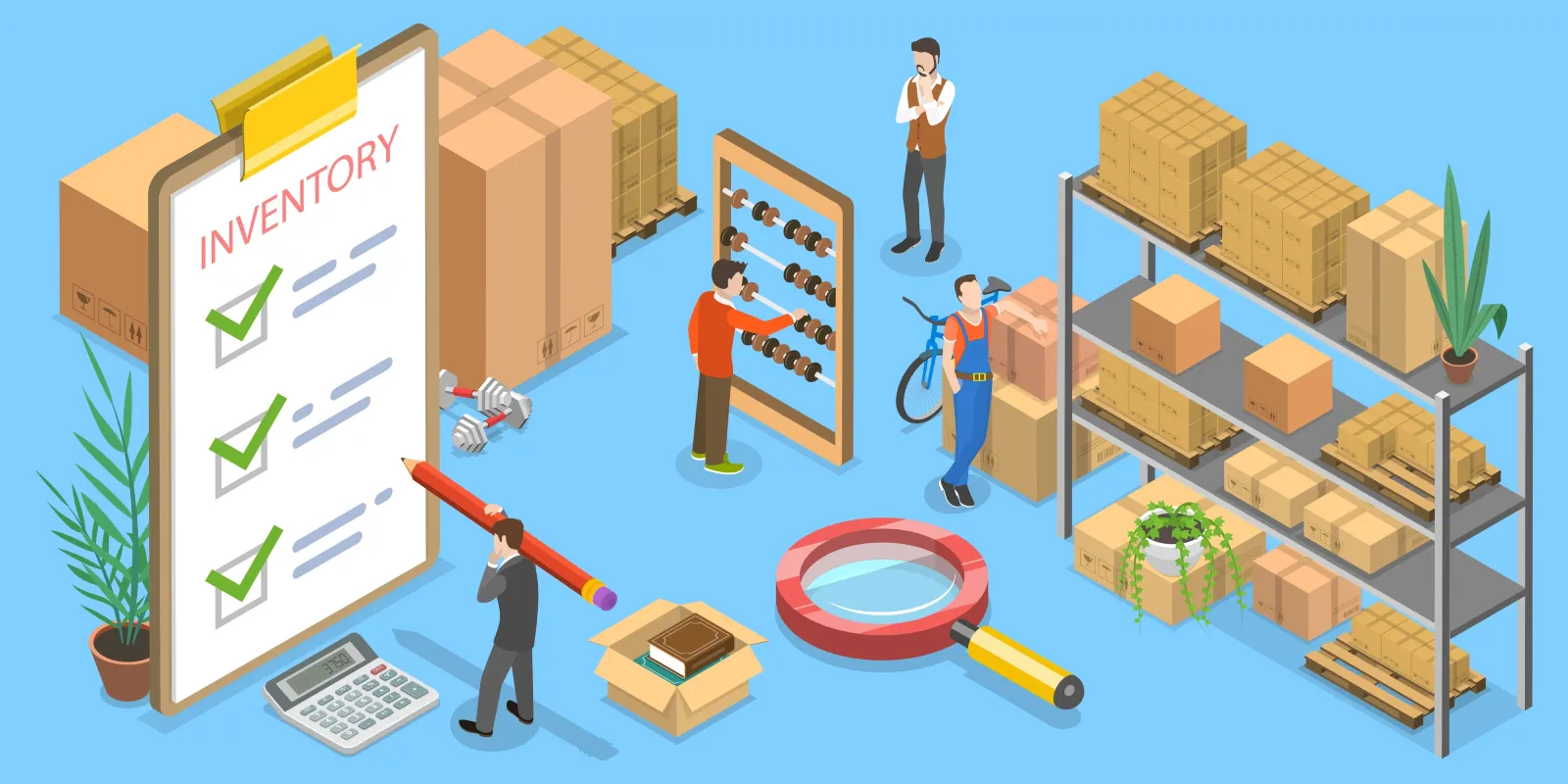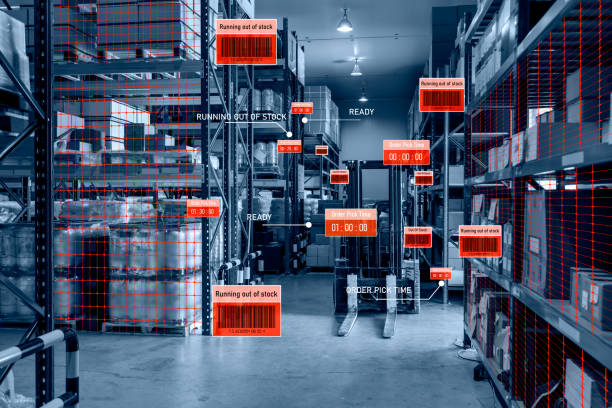Overcoming Legacy System Challenges in Logistics Technology Upgrades
Legacy systems have long been the backbone of the logistics industry. For decades, they supported operations, warehouse management, and shipment tracking. Yet in a data-driven economy, these systems are holding many logistics companies back. Outdated infrastructure limits innovation, slows performance, and creates silos across the supply chain. To stay competitive, organizations must embrace Logistics Technology upgrades that integrate modern platforms, automation, and data visibility.
This article explains the key challenges posed by legacy systems, how they impact logistics operations, and what practical steps can help companies transition successfully toward next-generation logistics technology.

Why Are Legacy Systems Still So Common in Logistics?
Despite rapid technological advancement, many logistics providers still rely on software that was built decades ago. These systems remain because they are stable, familiar, and deeply embedded in daily operations.
Key Reasons Legacy Systems Persist
- High Replacement Cost: Rebuilding core logistics systems is expensive and time-consuming.
- Integration Complexity: Older platforms often lack APIs or cloud compatibility, making upgrades difficult.
- Risk of Downtime: Logistics operations depend on 24/7 availability; even short interruptions can disrupt shipments.
- User Familiarity: Employees accustomed to old systems may resist change or fear productivity loss.
The hidden cost of maintaining outdated systems—such as inefficiency, security risks, and lack of scalability—now far outweighs the comfort of keeping them.
How Do Legacy Systems Hold Back Logistics Technology Innovation?
1. Limited Data Visibility and Integration
Modern Logistics Technology depends on real-time data. Legacy systems often operate in isolation, preventing full visibility across warehouses, transport networks, and customer interfaces. When data cannot flow seamlessly, decision-making becomes slower and less accurate.
2. Manual Work and Human Error
Outdated platforms rely heavily on manual entry, spreadsheets, or email-based coordination. This increases errors and drains valuable labor that could be redirected toward optimization and planning.
3. Poor Scalability

As businesses grow, legacy systems struggle to handle rising shipment volumes and complex global networks. Their architecture lacks the flexibility to adapt to new markets or digital tools.
4. Cybersecurity Vulnerabilities
Old software lacks modern encryption and monitoring capabilities, making logistics providers more vulnerable to cyberattacks and data leaks.
5. Missed Opportunities for Automation
Technologies like IoT tracking, AI-driven route planning, and predictive analytics depend on real-time data exchange. Legacy systems often can’t support these tools, causing logistics companies to miss out on major efficiency gains.
What Are the Risks of Delaying a Technology Upgrade?
Delaying modernization threatens both growth and stability.
Financial Risks
- Rising maintenance costs for obsolete hardware and software.
- Inefficient workflows that inflate operational expenses.
Competitive Risks

- Falling behind competitors who leverage automation, real-time visibility, and cloud-based logistics technology.
- Difficulty meeting customer expectations for transparency and delivery speed.
Compliance Risks
- Inability to meet data privacy regulations such as GDPR or ISO standards.
- Poor tracking accuracy that can affect customs compliance and trade documentation.
Keeping outdated systems means losing ground in an industry driven by speed, accuracy, and adaptability.
How Can Companies Transition Smoothly to Modern Logistics Technology?
Upgrading doesn’t have to be disruptive. A structured approach ensures both continuity and improvement.
Step 1: Conduct a System Audit
Evaluate every system in use—warehouse management, transportation tracking, order processing—and identify weaknesses. Determine which platforms are most critical and which can be retired or replaced.
Step 2: Define a Clear Roadmap
Prioritize upgrades that deliver measurable benefits such as real-time data sharing or automation. Set short- and long-term goals to avoid overwhelming your operations team.
Step 3: Choose Scalable, Cloud-Based Solutions

Modern logistics technology platforms built on the cloud enable flexible scaling, remote collaboration, and cost efficiency. Cloud solutions also integrate easily with ERP and CRM systems.
Step 4: Integrate Data Systems with APIs
Application Programming Interfaces (APIs) allow new software to communicate with existing platforms. This hybrid model helps companies modernize step by step instead of replacing everything at once.
Step 5: Train Teams Early
Successful upgrades depend on people, not just technology. Provide training programs that help employees understand the benefits and feel confident using new tools.
Step 6: Implement in Phases
Start with non-critical processes such as inventory tracking or shipment visibility. Once stable, move to core functions like order management and billing. This phased approach reduces risk.
What Technologies Are Driving Modern Logistics Innovation?
To understand what to aim for, it’s essential to know the technologies shaping the next era of logistics.
1. Artificial Intelligence (AI)
AI enables demand forecasting, route optimization, and predictive maintenance. By analyzing large datasets, it helps logistics teams plan more efficiently and reduce waste.
2. Internet of Things (IoT)

IoT sensors provide real-time shipment tracking, temperature control, and equipment monitoring. Integrated into logistics technology systems, they create end-to-end visibility.
3. Robotics and Automation
Warehouse robots and automated picking systems speed up operations while reducing labor costs. Automation also improves accuracy in order fulfillment.
4. Blockchain for Transparency
Blockchain technology ensures tamper-proof documentation and shipment traceability, fostering trust across supply chain partners.
5. Cloud and Edge Computing
These technologies enable real-time collaboration and data sharing across locations. Cloud computing also reduces dependency on local servers and outdated hardware.
How to Measure the ROI of a Logistics Technology Upgrade
Investing in modernization should deliver clear business outcomes.
Key Metrics to Track
- Order Accuracy: Fewer manual errors and better inventory synchronization.
- Delivery Speed: Faster processing and route optimization.
- System Downtime: Reduced outages thanks to scalable, resilient platforms.
- Operational Costs: Lower maintenance and fewer redundant tasks.
- Customer Satisfaction: Improved transparency and reliable tracking.
Long-Term Value
While the initial investment may seem high, the long-term ROI comes from operational stability, improved supplier collaboration, and greater adaptability to market changes.
How to Overcome Internal Resistance to Technology Change
Even the best logistics technology upgrade can fail if people resist it.

Address Fear of Change
Communicate early and clearly about why the upgrade is needed. Highlight how it simplifies daily tasks rather than replacing jobs.
Create Change Champions
Select team members to test and promote new systems internally. Their success stories can inspire others to adopt the change.
Offer Continuous Support
Provide ongoing technical assistance, Q&A sessions, and refresher training. This helps maintain confidence and long-term adoption.
The Future of Logistics Technology: A Connected and Predictive Ecosystem
The future of logistics lies in connected ecosystems where data flows seamlessly from suppliers to consumers. Legacy systems will eventually fade out, replaced by platforms that combine AI, IoT, and cloud computing to deliver predictive insights.
With the right upgrades, logistics companies can move from reactive management to proactive decision-making. Real-time visibility, automation, and predictive analytics will redefine efficiency, cost control, and customer trust.
Conclusion: From Legacy to Leadership
Upgrading legacy systems is not just an IT project—it’s a business transformation. Companies that invest in modern Logistics Technology gain speed, resilience, and strategic advantage. They can predict disruptions before they occur, adapt instantly to market changes, and collaborate more effectively with partners worldwide.
The logistics sector is evolving faster than ever. Staying competitive means embracing technology that connects every link in the supply chain. With the right roadmap and mindset, any company can turn old systems into opportunities and move confidently into the digital era of logistics.
Explore advanced logistics technology solutions at Postalparcel
Industry Insights
news via inbox
Nulla turp dis cursus. Integer liberos euismod pretium faucibua







